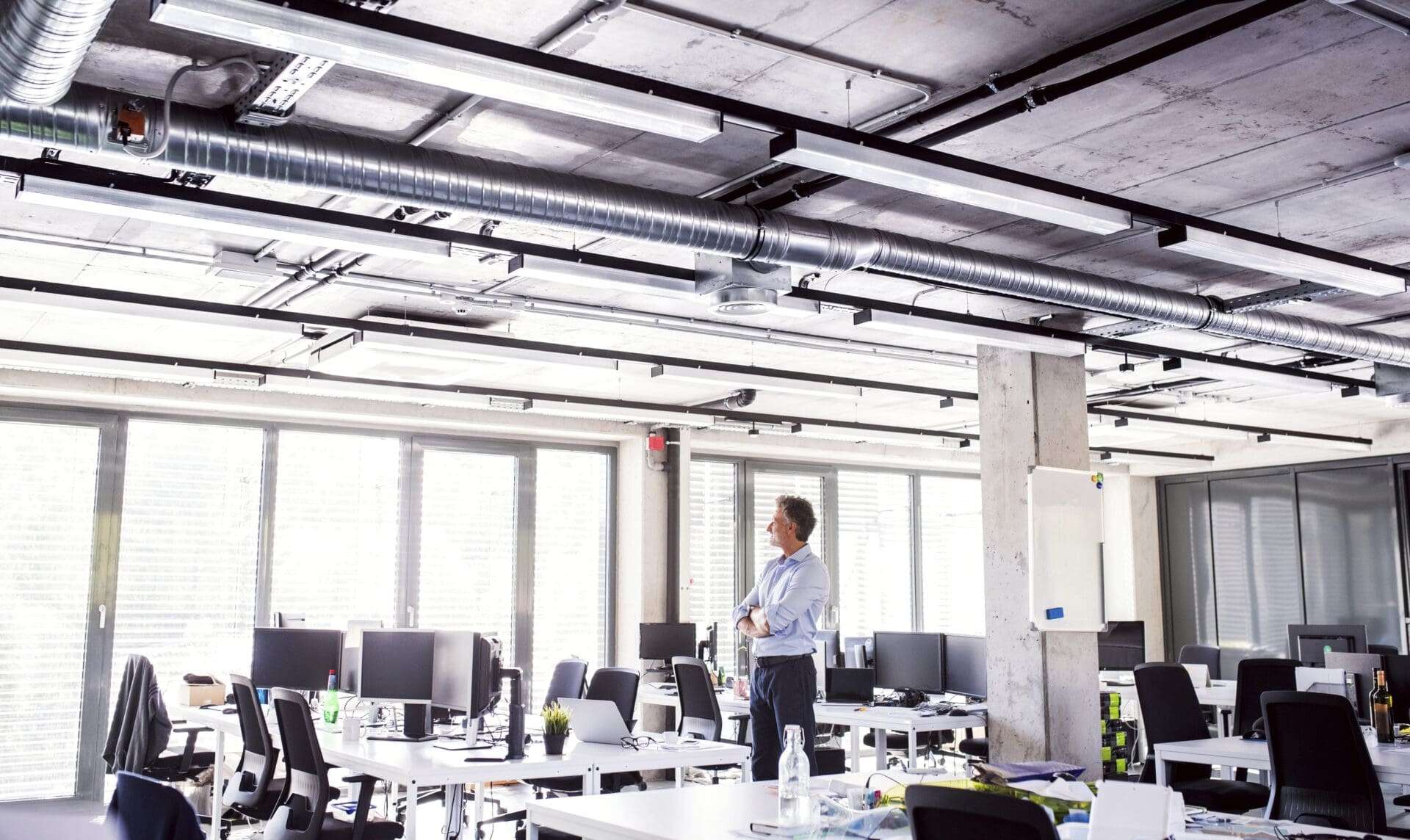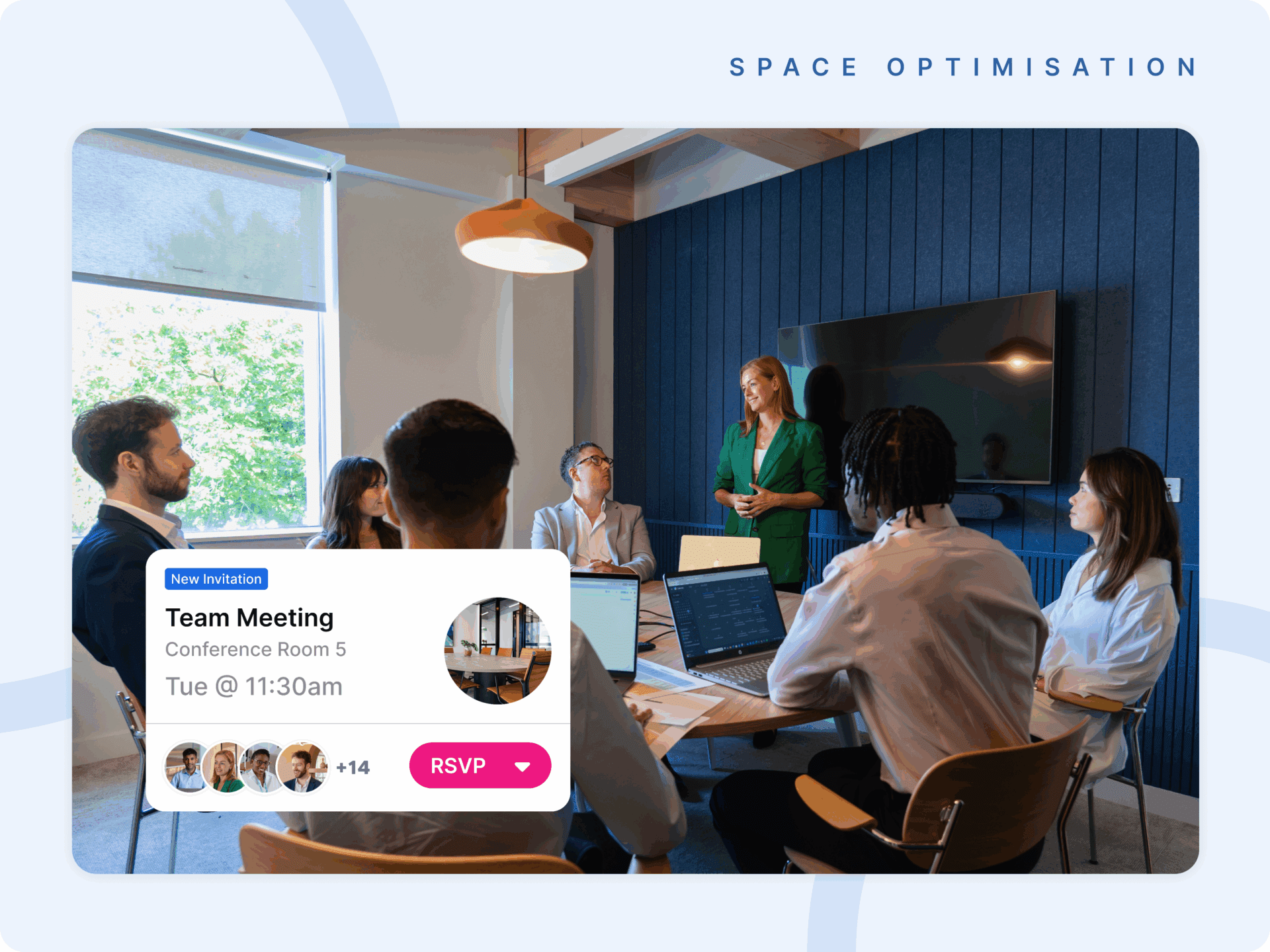If you walk through major cities today, you’ll likely see large buildings with empty offices. I saw this post from Dror Poleg where he rightly states that a decade ago, this would have been unthinkable. Companies locked themselves into 10-year leases, and those agreements made sense for everyone involved. Landlords, city councils, and office managers all had the same goal: stability. But today, things have changed, and not in the way many leaders expected.
Ten years ago, managers had confidence. They knew they’d need the same office space, the same resources, the same infrastructure. Fast forward to today, and office managers are stuck in a dilemma. The landlords and city councils still want that 10-year commitment, but the managers are left scratching their heads. Will we even need this office space 5 or 10 years down the line?
The Future Of Work Is Flexible—But Are Managers?
The post-pandemic world has completely reshaped how we work. Remote and hybrid work models are now mainstream, and companies are no longer sure if they need a large office space at all. The result? Empty desks, unused conference rooms, and uncertainty around the future of physical offices. But the deeper issue is that many managers haven’t adapted to this new reality.
It’s not just about the office space itself—it’s about how we use that space. Managers are struggling to figure out how to balance in-person collaboration with the flexibility their teams now expect. They’re unsure of how to measure productivity when employees are scattered across home offices and cafes. And this uncertainty is leading to one inevitable conclusion: office spaces are becoming ghost towns, even though companies still hold leases on them.
This brings up the big question: what’s the solution? Should companies abandon the office entirely? Or is there a way to make better use of these spaces, even in a hybrid world?
Rethinking The Office For A Hybrid World
The office isn’t dead. But it is evolving, and the companies that succeed in the next decade will be those that rethink how they use their spaces. Hybrid work is here to stay, and that means managers need a new playbook for how to balance remote and in-person work.
The key here is flexibility. Offices of the future won’t look like the rows of cubicles from the past. Instead, they’ll be spaces designed for collaboration, innovation, and community. In-person days will be used to foster the kind of teamwork and culture-building that can’t happen over Zoom. But that shift requires managers to take a hard look at how they’re currently using their office space—and make smart decisions for the future.
How Kadence Can Help Managers Optimize Office Space
So, how do you make that shift? This is where Kadence comes in. Kadence is a platform designed to help managers make better use of their office spaces, particularly in a hybrid world. Here’s how it works:
- Office Space Utilization Insights: With Kadence, you can see exactly how your office space is being used. Are certain rooms consistently empty? Are there days when the office is full, and others when it’s nearly vacant? Kadence provides data-driven insights that help you understand how your space is being used—or underused—so you can make better decisions about how to optimize it.
- Hybrid Scheduling: One of the biggest challenges of hybrid work is scheduling. With Kadence, you can create a smart scheduling system that ensures your office is used efficiently. Teams can coordinate in-person days so that they overlap with key meetings or collaboration sessions, ensuring that the office is being used for its intended purpose: bringing people together. This kind of coordination can help prevent the “empty offices syndrome” that so many companies are experiencing today.
- Room Booking and Desk Management: Kadence also makes it easy to manage room bookings and desk reservations. Instead of having empty conference rooms or unused desks, you can ensure that space is allocated to those who need it. Employees can book desks or meeting rooms in advance, giving managers a clear view of how the office will be used on any given day.
- Adapting to Change: One of the best things about Kadence is that it allows you to adapt. If you realize that certain areas of the office aren’t being used, you can adjust accordingly. Maybe it’s time to downsize or reconfigure the layout to make better use of the space. With Kadence’s Insights, you can make these decisions with confidence.
Adapt Or Be Left Behind
The world of work has changed, and there’s no going back. Empty offices are a symptom of deeper managerial confusion. But with the right tools and mindset, managers can turn this challenge into an opportunity. The future of the office isn’t about more space—it’s about better use of space. By embracing flexible, hybrid work models and using platforms like Kadence to optimize office space, managers can create environments that foster innovation, collaboration, and success.
If you’re a manager still questioning how your office space will look in 5 or 10 years, it’s time to stop wondering and start planning. Kadence is here to help you navigate this new landscape and make the most of your office—whether it’s half-full, fully hybrid, or something entirely new.
Book a demo with one of our hybrid experts to find out more.




